It is well known that Class D audio amplifiers have many advantages, and one of the most important advantages is that they are much more efficient than Class AB amplifiers. Although everyone recognizes this advantage, the understanding and understanding of it is still very different. Many people think that the efficiency of class AB amplifiers is usually 70-80%, while the efficiency of class D amplifiers can reach 80-90%. Therefore, the efficiency of a class D amplifier can be about 10-15% higher than that of a class AB amplifier.
If you are discussing efficiency at maximum power output, then this conclusion is good. However, in almost all practical audio power amplifiers that do not always operate at maximum power output, especially when playing music.
For an audio signal, we typically use the peak factor (peak/rms) to represent the ratio of its peak power to the average rms power. For example, for a speech signal, its peak factor is approximately 8 dB. But for music signals, this ratio is very different. The peak factor of most music signals is around 15-16dB. This can be illustrated by the schematic of Figure 1.
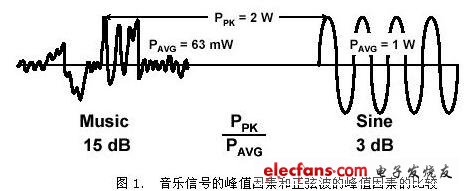
Figure 1. Comparison of the peak factor of the music signal and the peak factor of the sine wave.
As can be seen from the figure, it is assumed that the peak power of the music signal and the sine wave is 2 watts, because the ratio of the peak power to the rms power of the sine wave is 3 dB, so the average power of the sine wave is 1 watt, while the music signal The peak factor is about 15dB, so the average power is only 63mW.
When playing a music signal, the difference in efficiency between the class AB amplifier and the class D amplifier is not a simple 15% difference. We can see from the efficiency curves of the two amplifiers.

As can be seen from the figure, although the efficiency of the class AB amplifier can reach 78% at full power output, the efficiency of the class D amplifier is only 86% at full power. However, their efficiency at low output power varies greatly. At an output power of 2 watts, Class AB efficiency is only 24%, while Class D amplifiers still have an efficiency of 82%. Class D amplifiers are 3.4 times more efficient than Class AB amplifiers. While playing music, most of the time is at low power. Therefore, the efficiency advantage of the class D amplifier is very obvious.

Assuming a peak power of 2 watts, the average power for a sine wave is 1 watt, while for a 9 dB peak signal, the average power is only 0.25 watts, and for a music signal with a peak factor of 15 dB, The average power is only 0.063 watts. When they are played with Class AB and Class D amplifiers, the difference in efficiency is enormous.
This can be visually illustrated with the following pie chart:

As can be seen from this figure, only 12% of the input power of the Class AB amplifier becomes the effective audio power output, and nearly 88% of the input power becomes heat dissipation. The 75% input power of the Class D amplifier becomes an effective audio output power, and only 25% of the input power becomes heat dissipation. Because of this, Class D amplifiers with considerable output power do not require a heat sink. This is another major advantage of Class D amplifiers.

The high efficiency of Class D amplifiers is most evident in portable devices that utilize batteries as a power source. This is usually one of the biggest selling points for this type of product. Just like the standby time of a mobile phone, all portable audio devices, such as Walkman, MP3, etc., have greatly increased their working time after using Class D audio amplifiers. Or the battery life of its battery has greatly increased. It is usually 2-3 times longer than using a class AB amplifier. This is not a 10% to 15% difference, but an essential difference.
Similarly, the improvement of efficiency is also of great significance for TVs, audio equipment, and home theaters that consume a lot of power. Because the national installed capacity of these devices is very large, it is also extremely significant for the country's energy conservation. Recently, the European Union has proposed to limit the standby power consumption of fourteen household electrical appliances, and originally reduced the standby energy consumption from 3 watts to 1 watt. It is going to be further reduced now. It is even more important to reduce the energy consumption during normal work. Take TV sets, the number of TV sets installed in China is as high as 400 million units. Assuming that each TV has a rated (RMS) audio power of 10 watts, the average daily usage time is 3 hours, half of which is for playing voice and half for playing. music. It is easy to calculate that after using a Class D amplifier, it can save 2.57 billion kWh per year. This savings is considerable. Therefore, it seems that it is time to turn to the class D amplifier in all audio equipment.
Galaxy Note8+ 3D Viewerr is called Snap3D. It is a bare-eye VR viewer in phone case shape ,If you cover it on smartphone screen,You can enjoy 3D Movies without VR headset. It's light weight, and easy to carry. You can evjoy 3D movies ,3D games everywhere you go. It`s much better than the traditional heavy VR headset, you will love it! It`s a very good choice for your friends as a gift!
HOW TO USE Galaxy Note8+ 3D Viewer AS A 3D SCREEN
The attached 3D screen on the Snap3D acts
like 3D glasses.
To turn your smartphone into a 3D device, you need to first download the
[Mplayer3D" application.
Then install the Snap3D on your smartphone screen and run Mplayer3D.
Enjoy the stunning stereoscopic 3D!




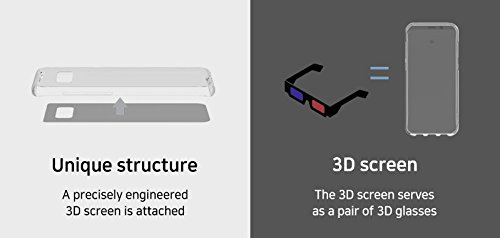
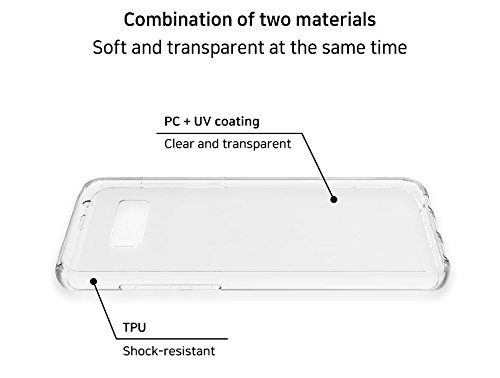
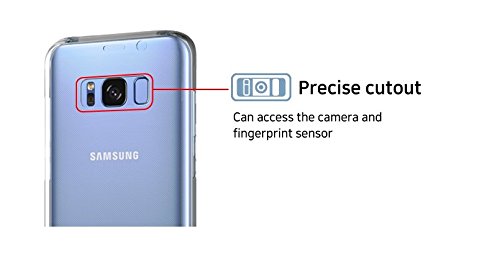
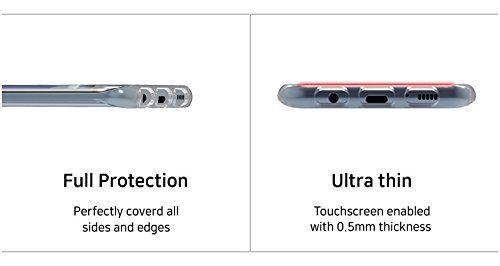
Galaxy Note8+ 3D Viewer
Galaxy Note8+ 3D Viewer,Galaxy Note8+ Vr Viewer,3D Viewer For Galaxy Note8+,Vr Viewer For Galaxy Note8+
iSID Korea Co., Ltd , https://www.isidsnap3d.com